Are Harnesses Harmful For Dogs? A Trainer Weighs 13 Pros And Cons
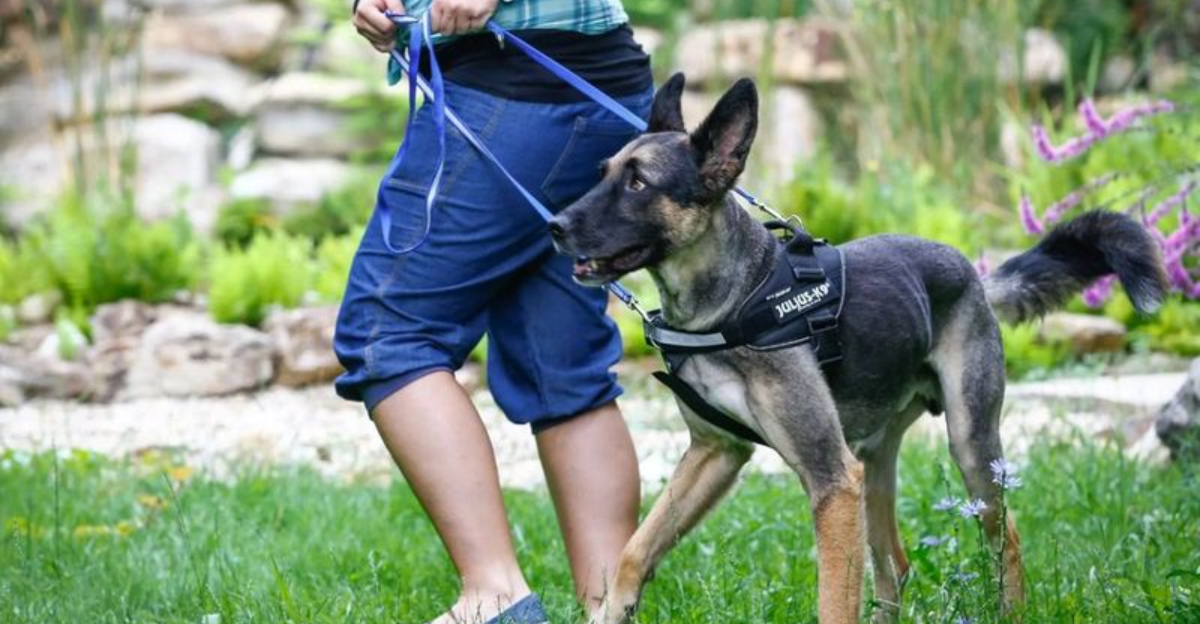
Ever wonder if your dog’s harness is a hero or a hindrance? While they look like simple contraptions, harnesses can stir up quite a debate.
Let’s unravel the mystery with insights that might just change your perspective. Whether you’re a seasoned pet owner or a curious newbie, this guide is your go-to for understanding the pros and cons of dog harnesses.
1. Pro: Better Control For Training
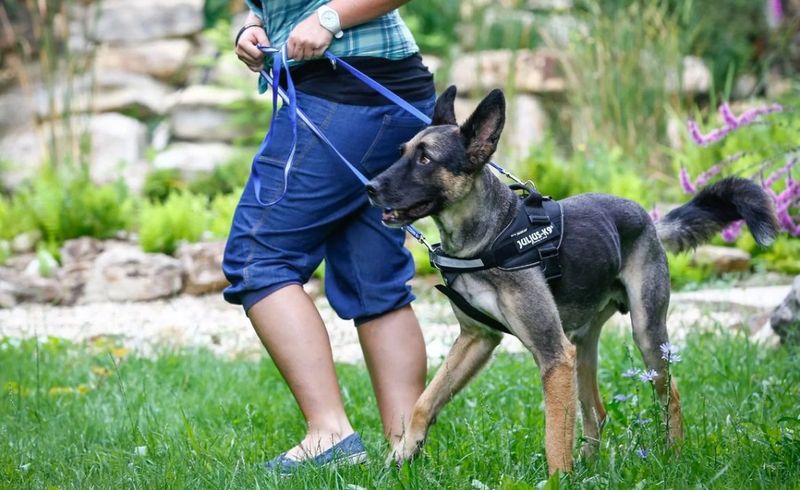
Dog harnesses offer superior control compared to traditional collars. With the ability to guide your pup gently, they make training a breeze. Imagine your spirited dog walking calmly by your side, thanks to the harness’s magic touch. It’s like having a trusty sidekick that ensures safe, enjoyable outings.
2. Con: Potential For Chafing
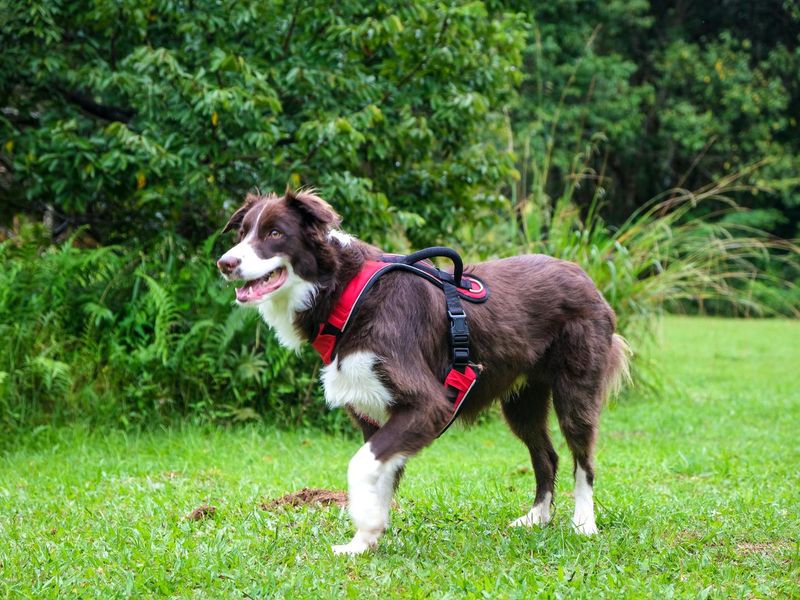
Harnesses can sometimes cause chafing, especially if they’re not the right fit. Picture your dog squirming from discomfort. It’s essential to ensure a snug yet comfortable fit. Regularly checking for signs of irritation can prevent this pesky problem, keeping your dog happy and itch-free.
3. Pro: Even Pressure Distribution

Unlike collars, harnesses distribute pressure evenly across a dog’s body. This feature reduces strain on the neck, making it a healthier option. Imagine your pup running freely without the risk of injury. It’s like switching from a tight tie to a comfortable scarf—freedom and safety combined.
4. Con: Restriction Of Movement
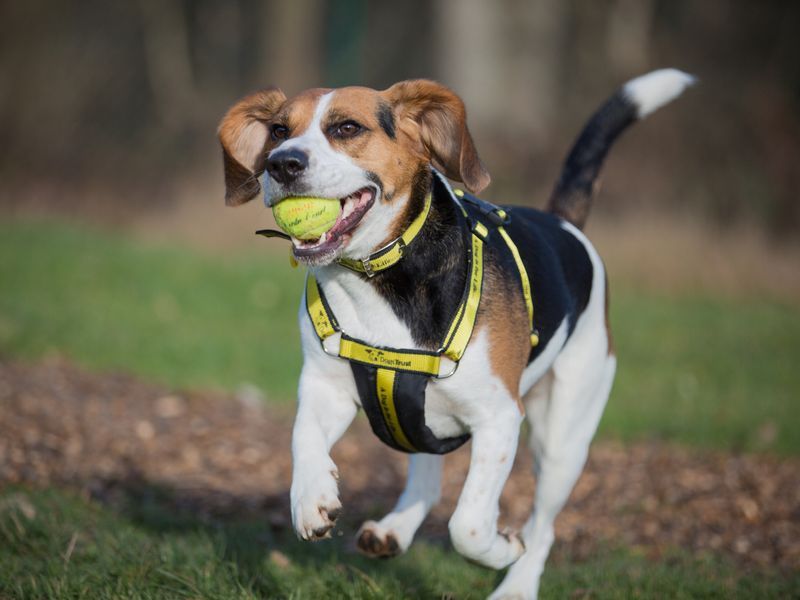
Some harnesses can limit a dog’s movement, leading to frustration. Picture your dog trying to frolic but feeling restrained. Choosing the right design is crucial to ensure freedom. Think of it as finding the perfect pair of jeans—not too tight, but just right for all-day comfort.
5. Pro: Ideal For Dogs With Respiratory Issues
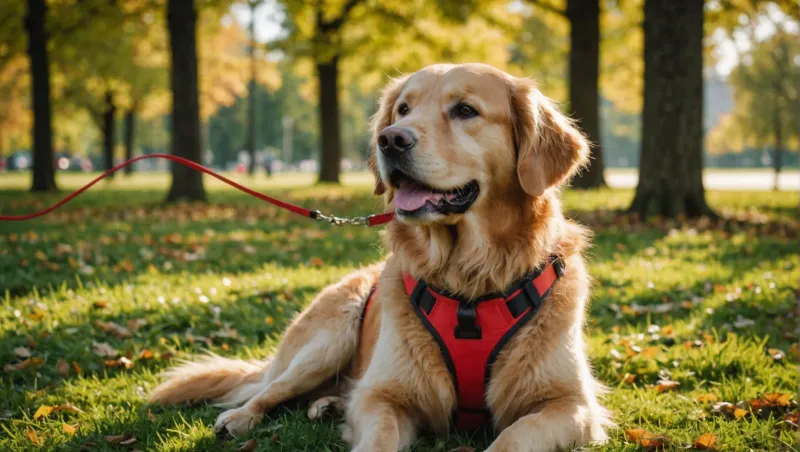
Harnesses are great for dogs with respiratory problems. They avoid pressure on the windpipe, unlike collars. It’s like giving your dog a breath of fresh air, especially if they’re prone to coughing or gagging. A harness can be a game-changer for a dog that needs a little extra care.
6. Pro: Helps Prevent Pulling
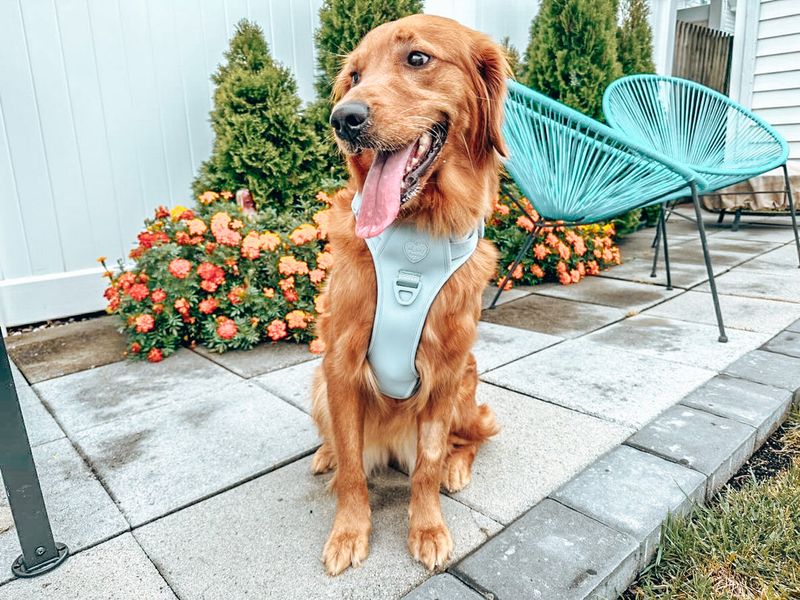
Harnesses are fantastic for curbing pulling behaviors. They redirect a dog’s energy, making walks pleasant and controlled. Picture strolling without being dragged along—it’s a dream come true for many owners. This tool can turn a tug-of-war into a peaceful promenade.
7. Con: Can Be Chewed Through
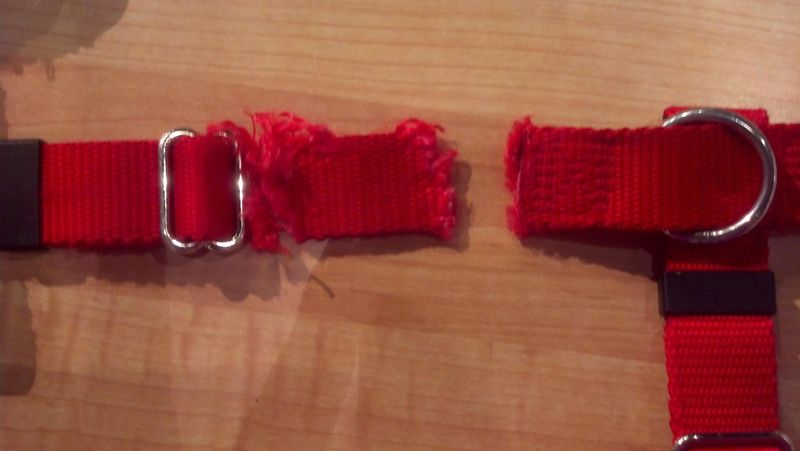
Puppies and persistent chewers can quickly turn a harness into confetti. Imagine discovering a chewed-up harness when you’re ready for a walk. Choosing durable materials and keeping an eye on your pup can mitigate this issue. It’s like protecting your favorite shoes from eager teeth!
8. Pro: Safety For Car Travels
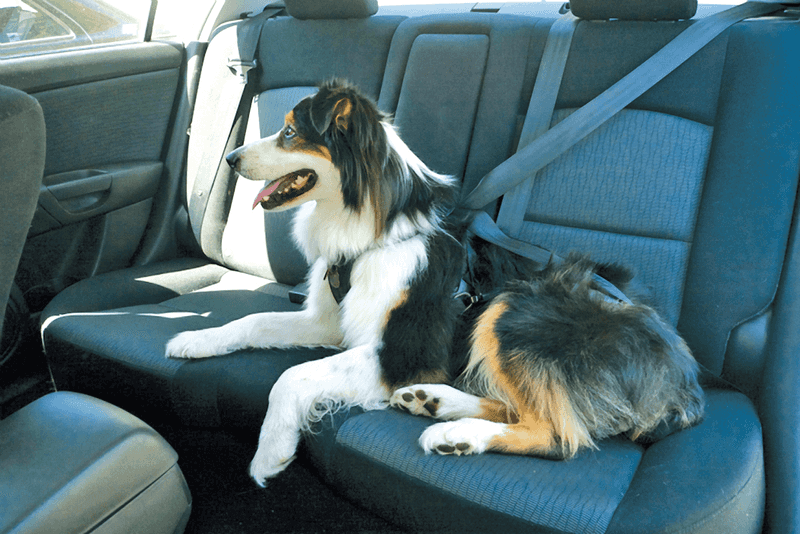
Harnesses serve a dual purpose by securing dogs during car rides. They act like seatbelts, keeping pets safe and drivers focused. Picture your dog enjoying the view without the risk of roaming the car. It’s like giving them a first-class ticket to travel safety.
9. Con: Limited Styles For Fashion-Forward Pups
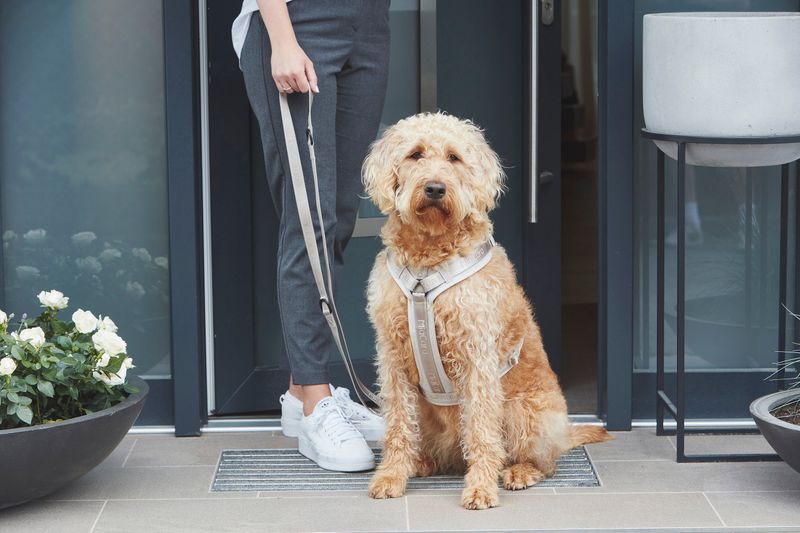
Fashion-conscious pups might find harness styles lacking. For those wanting to make a statement, the options can seem dull. Picture a dog eyeing a rack of vibrant collars and feeling left out. Finding unique designs is key for pet owners who want style without sacrificing functionality.
10. Pro: Reflective Strips For Night Safety
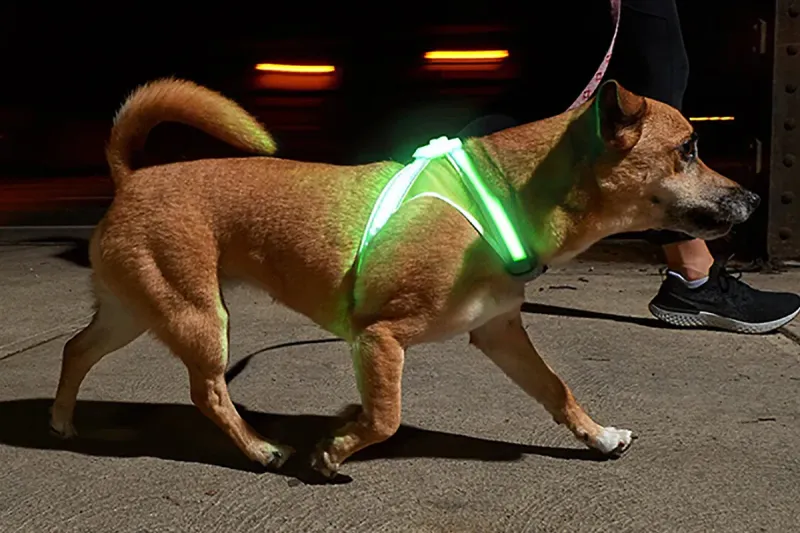
For night owls, reflective harnesses offer visibility. Ensuring your dog is seen in low light is crucial for safety. Imagine strolling under the stars, knowing your pup is visible. It’s like wearing a safety vest on a late-night jog—practical yet essential for peace of mind.
11. Con: May Encourage Laziness

Some argue that harnesses make dogs too comfortable, encouraging laziness. Picture a dog lounging instead of playing fetch. Balancing harness use with playtime can keep your dog active. It’s like ensuring a balance between work and relaxation for a healthy lifestyle.
12. Pro: Good For Dogs With Health Conditions
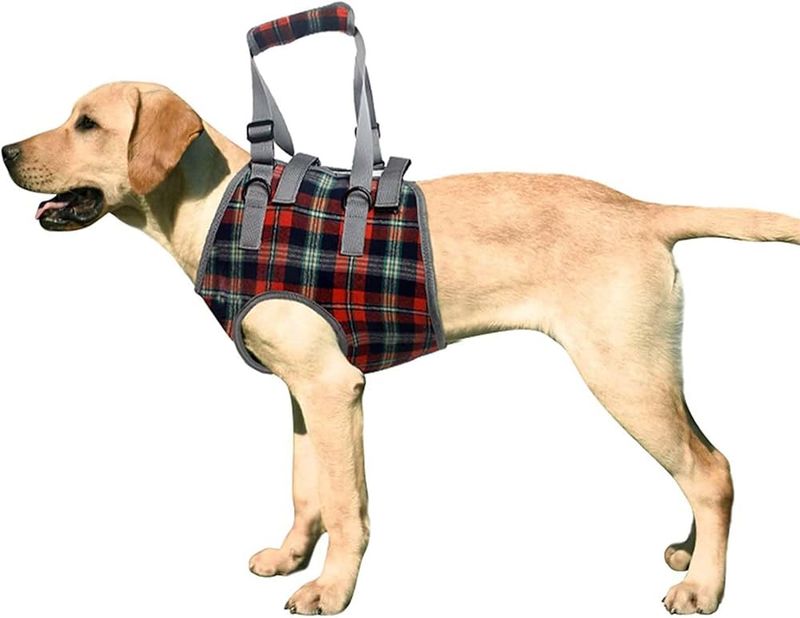
Harnesses are beneficial for dogs with health issues like arthritis. They offer gentle support without strain. Imagine an older dog enjoying a leisurely walk without pain. It’s akin to wearing supportive footwear that cushions every step, providing comfort and care.






